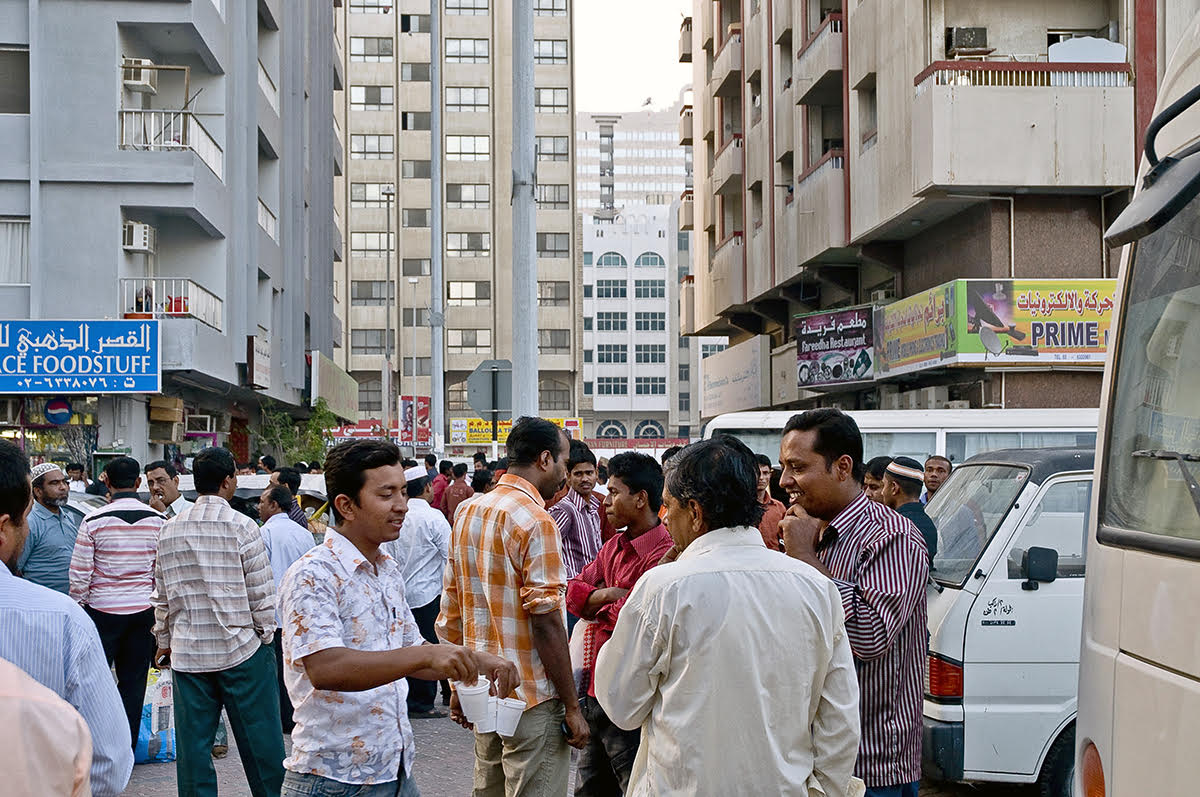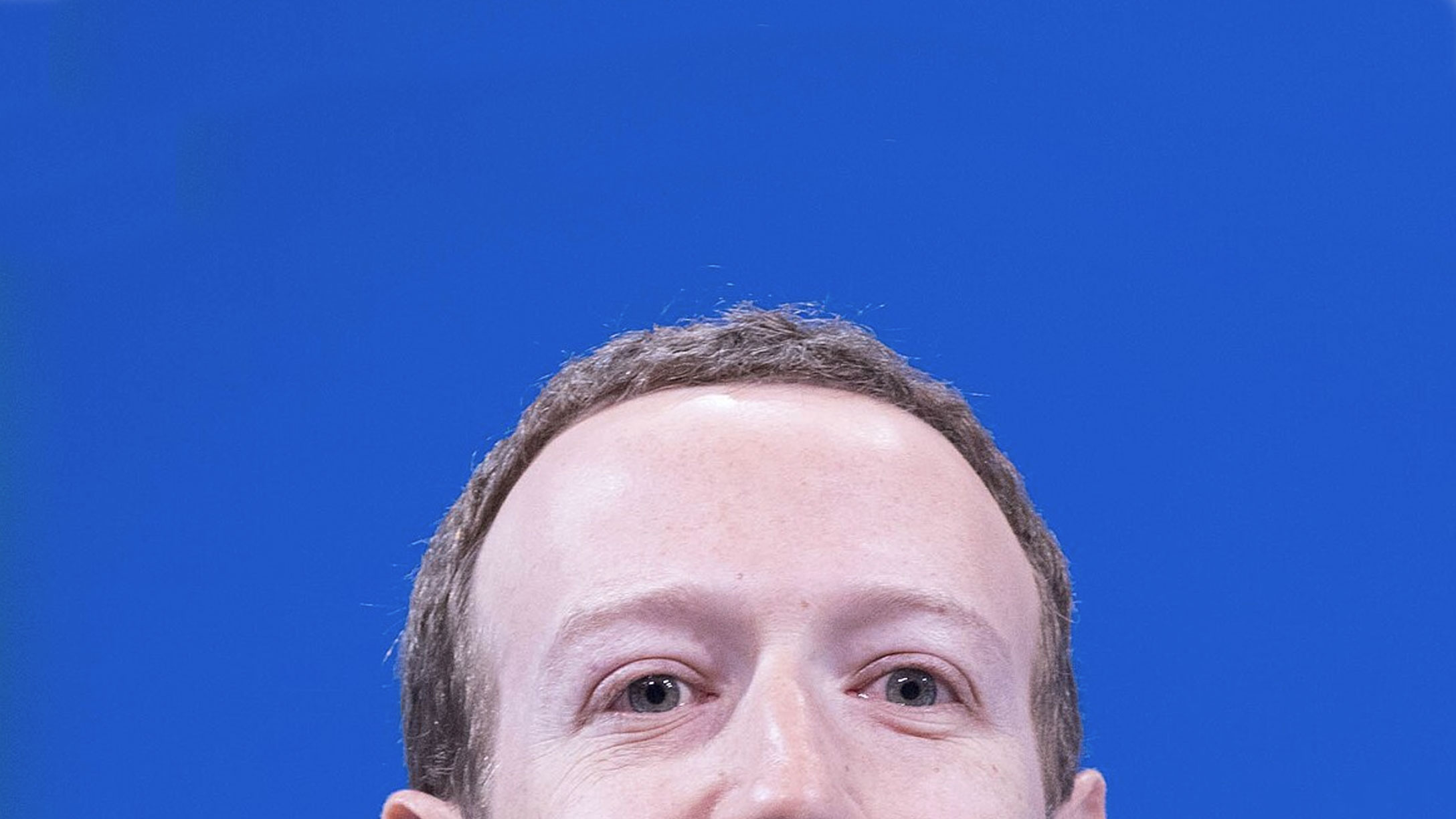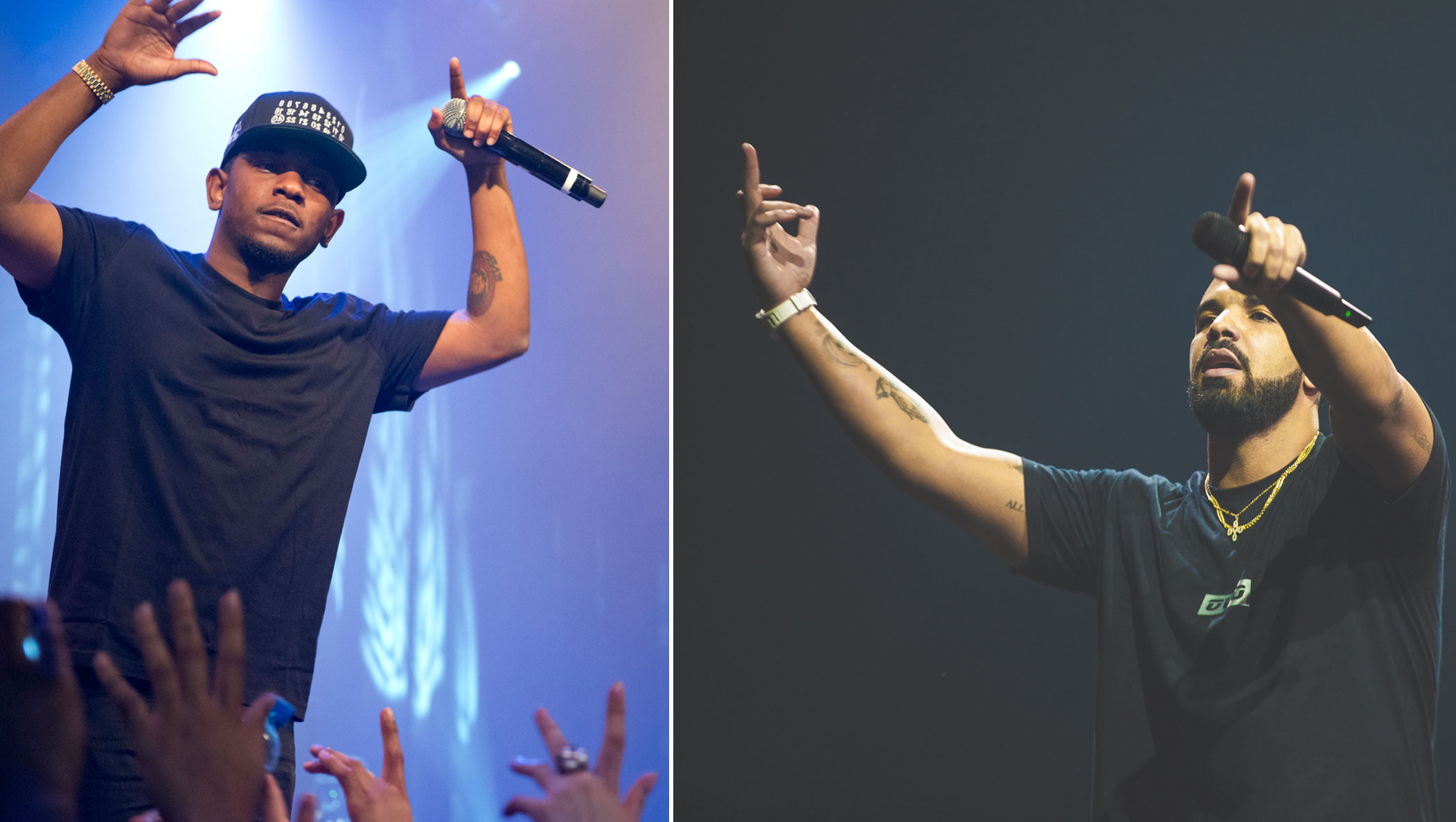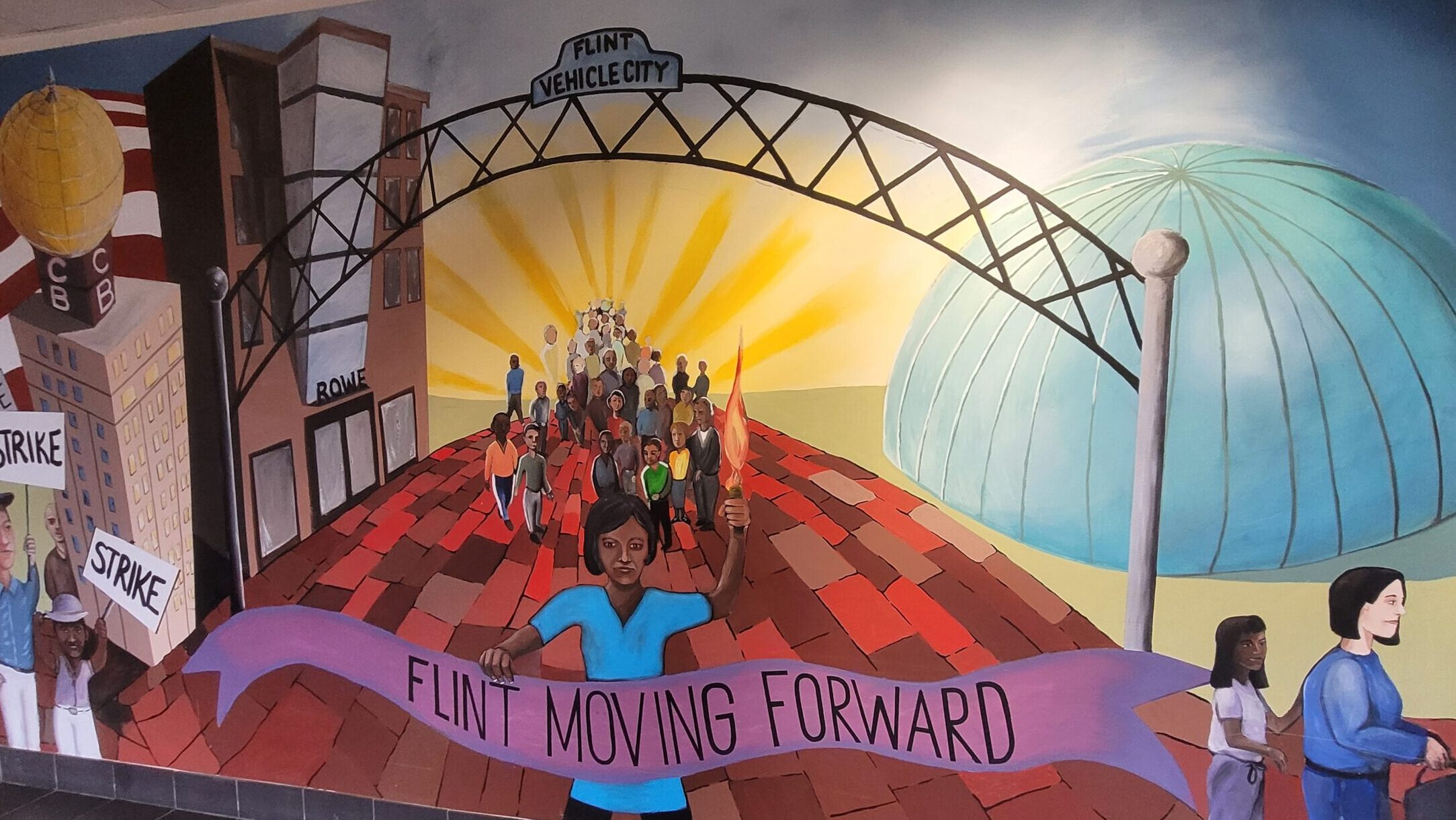One sip from this Styrofoam cup filled with Karak and I was transported to the exotic climes of India; the taste evoked images of jungles filled with elephants and monkeys; lavish temples decorated with Kama Sutra-inspired sculptures (engaged in carnal pleasures); a golden deity was perched inside, enveloped in a mist of incense. I saw smiling faces and all was good in the world.
Actually, none of that happened. I was supposed to have a transcendent experience but I didn’t really like the stuff. The tea was too spicy for my taste, too creamy and it left a bitter aftertaste which I couldn’t shake off. But I dutifully paid the salesperson for my drink, went outside, and sat on a plastic chair. I was in the working-class district of Hor al Anz, in Dubai, working at mapping its commercial street by observing people and their relationship to urban space. I had hoped ordering the drink from a cafeteria would help me blend in with the people.
Did it? I’m not sure.
My palate has adjusted, as I’ve continued to drink it. But can you gain entry into the soul of a city, its culture, through a beverage? Can you force yourself to like it? I wanted to tell myself a story about this drink, but as I did, I started to see how the drink was been commodified and appropriated by the city’s hip insiders; as I looked for it in out-of-the-way highway stops, vegetable markets, and inner-city superblocks, I saw it dispensed in vending machines and savored in independent art cinemas.
Karak Chai is, basically, just tea prepared with one spice, usually cardamom, cinnamon, or saffron, extensively boiled, with some condensed milk added at the end. But aficionados will tell you that this distinguishes it from Chai, in India, where they use fresh milk; or the masala variety incorporating more than one spice. And this small difference matters, because the drink has acquired a very particular status in the Arabian Gulf: in an environment usually portrayed as artificial, as relying on imports of both people and products, Karak Chai is a local concoction. It’s an adaptation of Indian chai by the South Asian diaspora that started emigrating to the region in the 1960s, but it was transformed to suit local tastes, and the name is localized: “Karak” means strong in Hindi and in the Gulf it became synonymous with the beverage.
I’d first become interested in the drink on another research project, in Abu Dhabi: as I watched workers holding these Styrofoam cups, on street corners and in front of cafeterias, the drink seemed to enable a kind of camaraderie among a marginalized population. I saw workers placing orders for their friends and carried cups back to the group; I saw them standing around, talking, laughing, and seeming oblivious to the city’s gleaming skyscrapers in the distant background. Drinking Karak Chai on a street corner seemed like an element of disorder, subverting the city’s incessant struggle for order and control; I found myself wondering if it was an act of resistance, defiance against the hegemonic city.
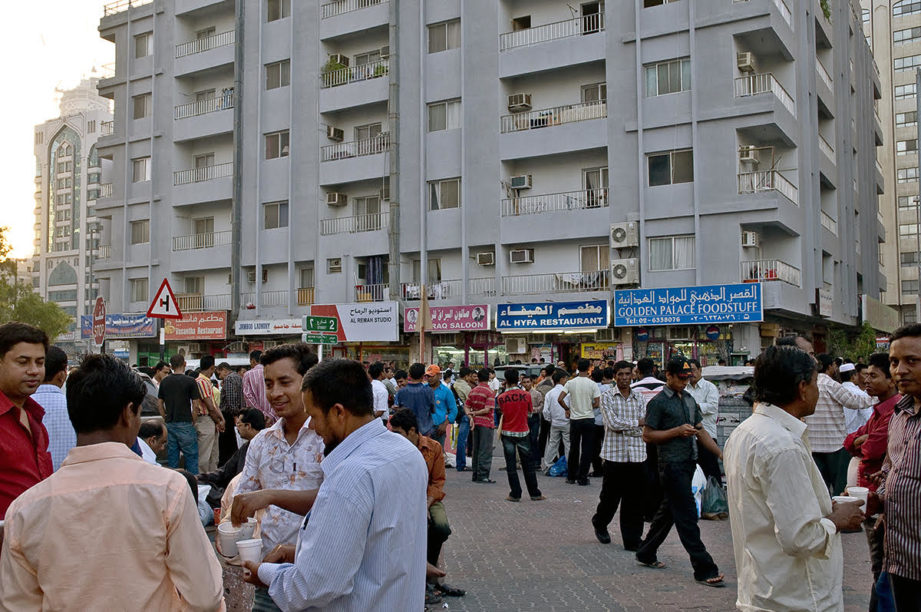
I was spending a month mapping a small, hidden square in the midst of an Abu Dhabi “superblock,” a planning unit introduced in the 1970s to create communal neighborhoods, but which was quickly transformed into housing for the city’s service workers and struggling middle class. Anchored by Alam market, a supermarket operated by a Bangladeshi national, it’s overlooked by restaurants and cafes, and had become a gathering place for the Bangladeshi community, centered on a tree in the middle of the space. Under this tree, countless workers would gather, holding their small cups and drinking Karak Chai. From the early hours of the morning until late in the evening, I would observe. And Karak Chai was a central character in the stories that unfolded over the course of the day: hurriedly ordered on the way to work, leisurely sampled during the day, or thoughtfully held in one hand while pacing, the phone in the other. While I was bound to my observation, I joined in by asking friends and colleagues to get a cup.
Outside research settings, I continued to search out the drink: driving along the Emirates’ gleaming highways, I’d skip the immaculate gas stations—with vending machines dispensing cups of “flavored” Karak for 10AED ($3)—and seek out Al Ain Way cafeteria, a truck stop where a cup of tea costs 1 AED, about 30 cents. I would order the drink from waiters (surprised at my out-of-place appearance), and return to my car, speeding along and trying to convince myself that it was the greatest cup of tea ever. It encapsulated what I thought to be the essence of Emirati identity and culture, a hybridity, a mix between Arabia and India, and against a background of inequality and segregation, it was accessible to all, imbuing urban spaces with egalitarianism. Indeed, the drink is very popular among the local Emirati population; it’s common to see four-wheel vehicles parked outside roadside cafeterias, beeping their horns to attract the attention of the waiters, a ubiquitous enough sight to have become an expression of “Emiratiness” in its own right.
Over the last few years, local media have taken to writing about the drink’s popularity; “Wake up and smell the karak: the UAE’s obsession with the beautiful cup;” “Old Dubai spills its karak chai secrets;” “Chai Karak: The Popular Drink That’s Rapidly Spreading in the Gulf;” “Where to get ‘karak chai’ for Dh1 in Dubai;” “Piping hot, sweet ‘karak chai’ is a daily necessity for many in Dubai.”
These features are inevitably filled with quotes from locals who extoll the drink’s virtues and declare that they can’t go through the day without “their fix.” Secret haunts are exposed, places known only to insiders “in the know” where you can find the best-tasting Karak Chai. No wonder: the existence of “haunts” defies the clichéd image of the city as artificial and without soul. And the activities associated with the drink–occupying a street corner, a square, or a sidewalk with a car—helps to imbue the city with disorder, an essential component of a healthy and vibrant urbanity. And so, over the last few years it’s come to be a commodity in its own right, reintegrated into the city’s capitalist order. Call it a creeping neo-liberal urbanity, globalization of the beverage, or the hipster-ization of Karak Chai, whatever: an ordinary, everyday act became a privileged ritual, to be savored by the city’s bright and beautiful, its cognoscenti and burgeoning hipster class.
I’m uncomfortable with this commodification, I must admit; appropriating an aspect of the region’s working-class culture doesn’t feel right. And yet, wasn’t this why I wanted to drink it?
The drink’s hipsterization manifests in different ways. There are chains in different parts of Dubai, specializing in various variations and flavors, but always charging high prices. Aficionados make their rounds in local media; for example, a local rapper named DJ Bliss produced a commercial for an instant Karak product, set against the backdrop of basketball players, gyrating dancers with a South Asian vibe, and glimpses of unidentified working-class streets, ending with spectacular views of Dubai’s glimmering skyline.
It was also only a matter of time before a craft version appeared: “Project Chaiwalla” began offering a high-end version from a food truck in downtown Dubai, close to Burj Khalifa, the tallest building in the world. From this district—whose entire existence is predicated on its proximity to the Burj, and only a few years ago was mostly barren desert land—a cup of Chai was sold at the staggering price of
where a cup is sold at the staggering price of 12AED (3.26USD); from there, it ventured to the warehouse galleries and coffee shops of Al Serkal Avenue, setting up shop in an Arthouse cinema. Surrounded by a walled enclosure that separates “The Avenue” from the working-class and industrial Al Quoz—with its slum-like labor accommodations housing the city’s largely invisible and toiling construction workers—the city’s edgy hip can sample a cup of Karak Chai before enjoying a Korean movie.
Is any of that a problem, in and of itself? Shouldn’t folks be able to enjoy art, movies, and the company of the like-minded away from the hustle and bustle; why shouldn’t entrepreneurs be rewarded for their efforts? But the entire city is moving towards that kind of model, just a stones-throw away from Dickensian labor camps. Does it desensitize us to the plight of others when we drink “their” beverage? To commodify it?
It’s cultural appropriation to take every experience and cultural expression and monetize it, cheapening the real thing in the process. The real thing, in this case, isan attempt at establishing relevance, seeking permanence in a rapidly changing society that rejects a viable path to citizenship or even permanent residency for the original drinkers of this beverage. It might be that I’m overthinking it. But by savoring the spicy, hot drink you can delude yourself into thinking that you are actually part of this place, even if you aren’t. And in a way, this is the ultimate triumph of transience and the ultimate expression of the Temporary City.
Yasser Elsheshtawy

